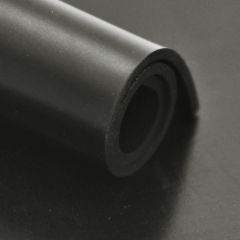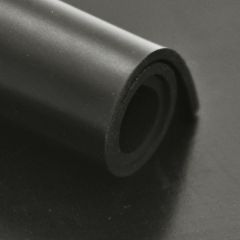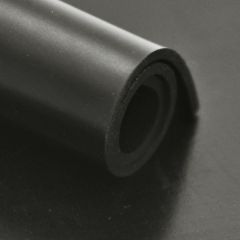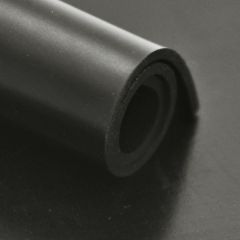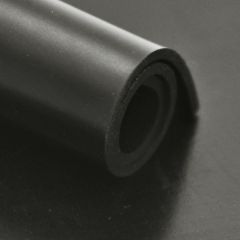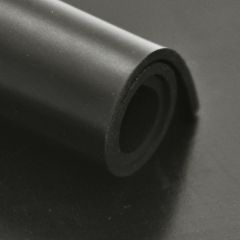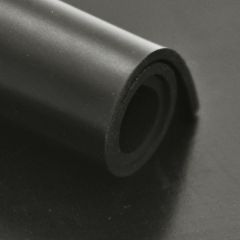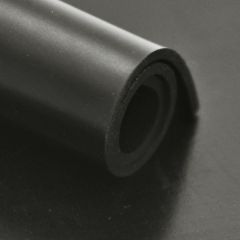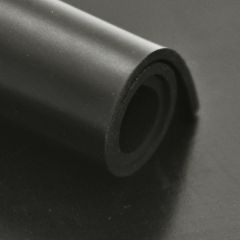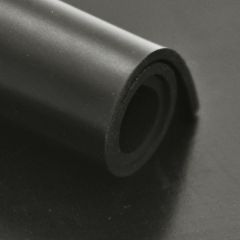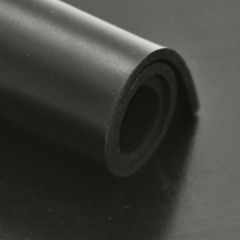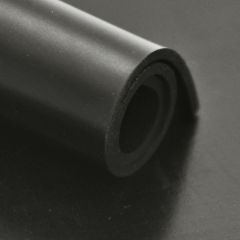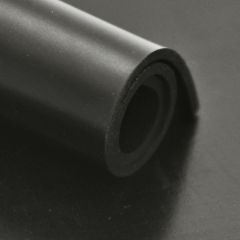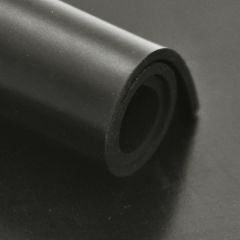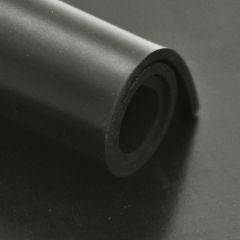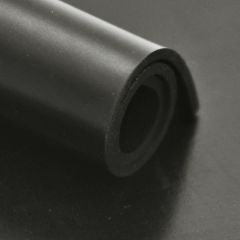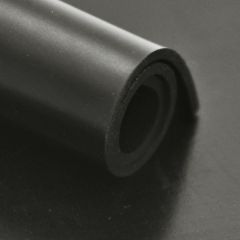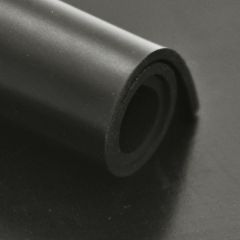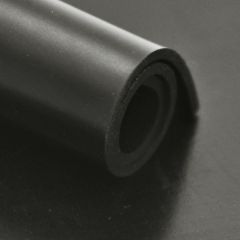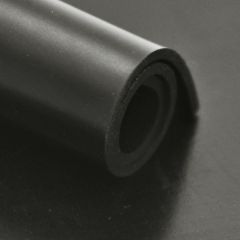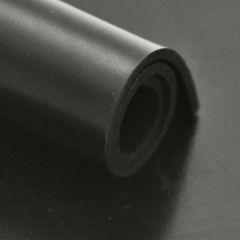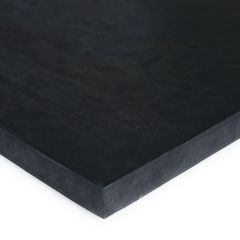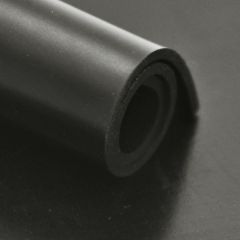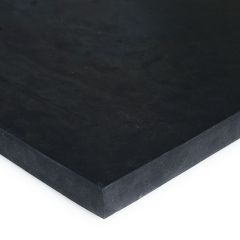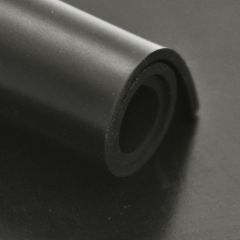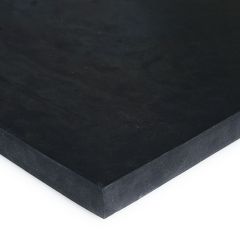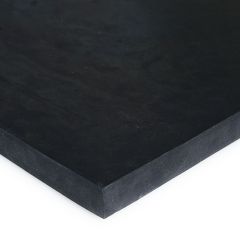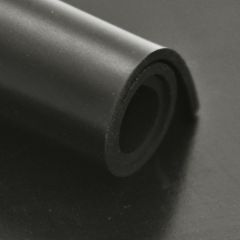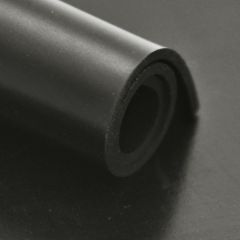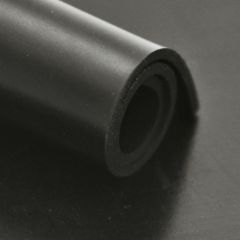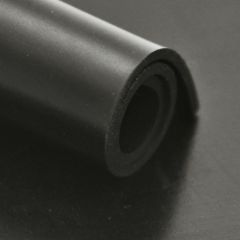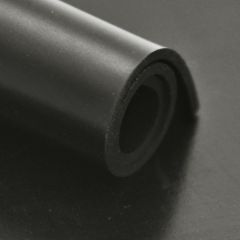Neoprene (CR)
Neoprene rubber sheeting
Neoprene rubber, also known as CR (Chloroprene) rubber, is an elastomer with the most versatile application of all commercial rubber grades. The maximum application temperature is 100°C. Our neoprene sheet is widely applicable and has medium chemical resistance to many media, including (sea) water, chemicals, dilute acids, solvents, mineral oils, fuels and greases. In addition, Neoprene sheet has excellent resistance to weathering and ozone.
Neoprene rubber sheeting
Neoprene rubber, also known as CR (Chloroprene) rubber, is an elastomer with the most versatile application of all commercial rubber grades. The maximum application temperature is 100°C. Our neoprene sheet is widely applicable and has medium chemical resistance to many media, including (sea) water, chemicals, dilute acids, solvents, mineral oils, fuels and greases. In addition, Neoprene sheet has excellent resistance to weathering and ozone.
Neoprene Rubber Sheeting
Neoprene rubber is a multifunctional rubber with excellent mechanical and elastic properties. This material also offers broad resistance to a wide range of substances. Neoprene is particularly valued in water sports for its good water resistance (although it is not 100% waterproof). Fun fact: Neoprene was the first synthetic rubber, created in the 1930s, and belongs to the chloroprene family.
Uses of Neoprene Rubber Sheets
Neoprene rubber has good resistance to heat, temperature fluctuations, ozone, and weathering, and adheres well to metal. CR rubber sheets are used for flange gaskets, strips, and in shipbuilding. However, Neoprene is not recommended for use with petrol or hydraulic phosphate fluids, where products made from other rubbers, such as EPDM, may be more suitable. Its good temperature resistance makes it a popular insulating material for sailors, divers, and surfers, thanks to its excellent water resistance.
Neoprene products offer good elasticity, particularly when exposed to heat. They also provide moderate resistance to oils and acids. We do not recommend repeated use in contact with hydrocarbons or similar solvents.
Neoprene is available in sheets, plates, strips, and even foam. It is an ideal elastomer for sealing and compatibility with metals. A common application of Neoprene is in gaskets, often used as sealing gaskets in construction and industry.
Note: When determining the appropriate rubber quality, always consider the environment in which the product will be used and the specific requirements it must meet. If in doubt, please contact our customer service at any time.
Custom Sizes: If you require custom dimensions, we offer a bespoke cutting service. Please keep in mind the product’s maximum roll length. For a personalised quote, contact our customer service.
Neoprene Rubber Characteristics
Neoprene is obtained through the polymerisation of chloroprene. Neoprene rubber is a versatile synthetic rubber due to its properties. CR sheets offer good mechanical properties as well as good wear resistance.
Applications
- Gaskets
- Sealing Gaskets
- Flange Gaskets
- Strips
- Shipbuilding
- Construction and Industry
Properties
- Temperature range from -20°C to +80°C
- Not suitable for applications with concentrated acids and alkalis
- Resistance to heat, weathering, and ozone
- Good mechanical and elastic properties
- Low flexibility in cold conditions
- Good wear resistance

